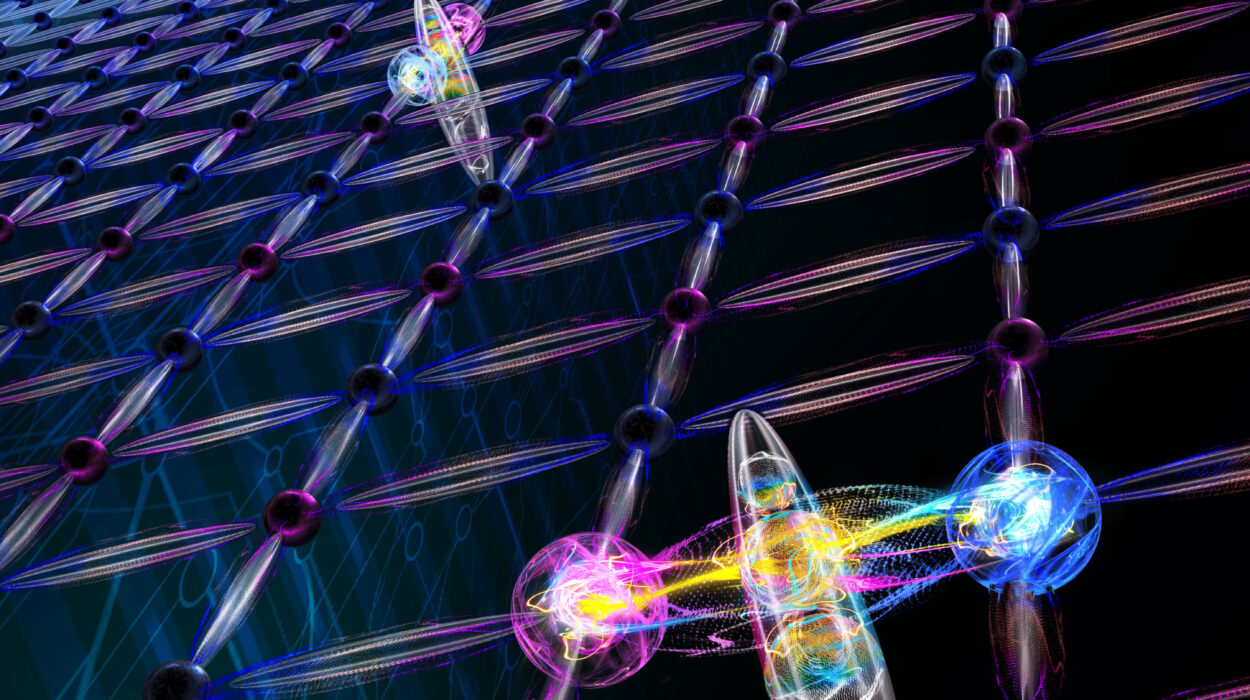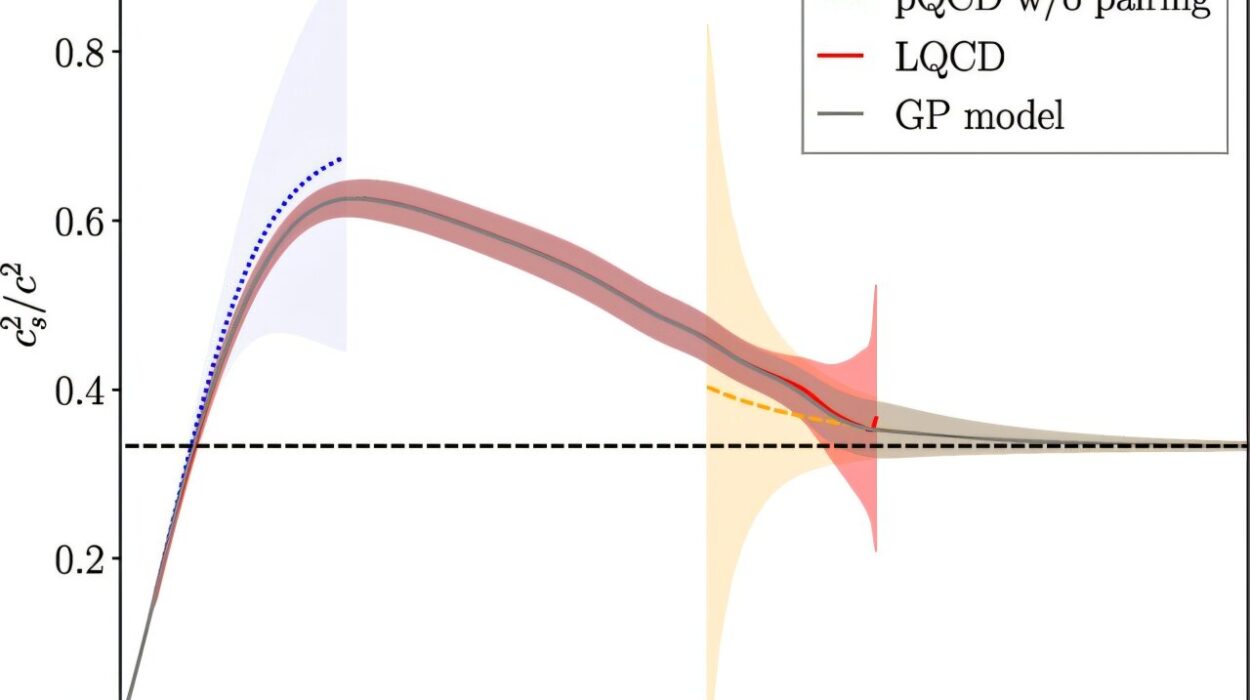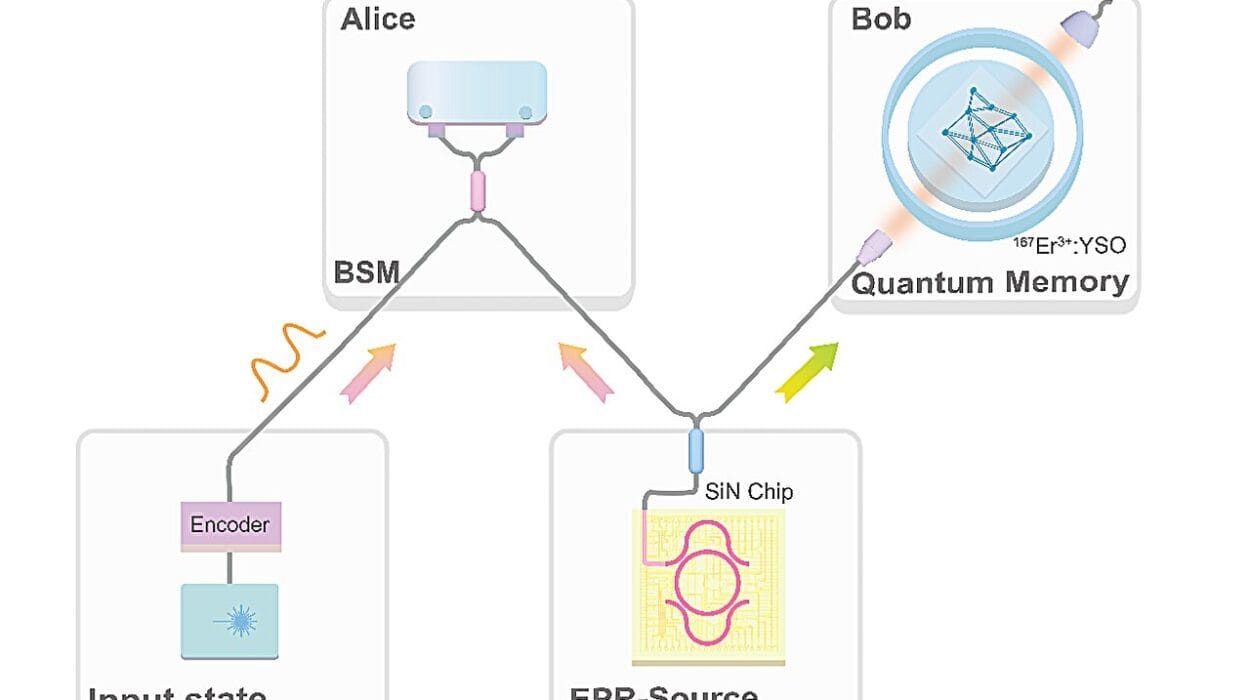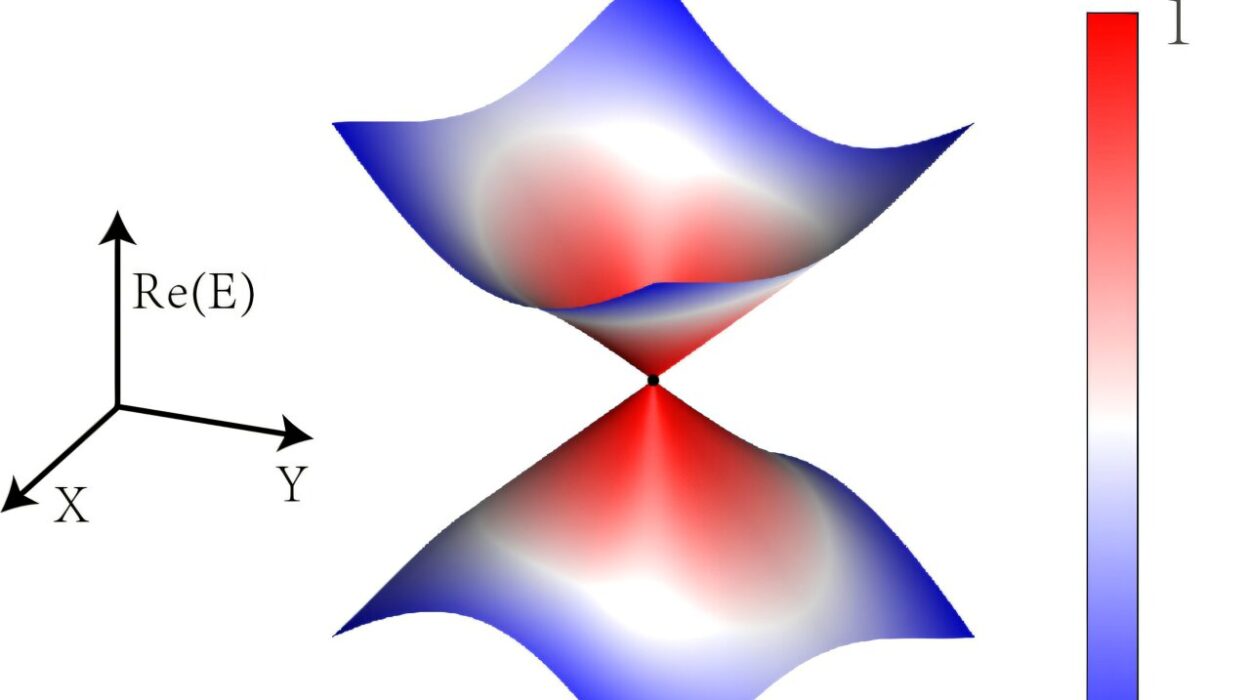The rapidly advancing field of terahertz (THz) technology stands at the threshold of transforming multiple industries, including wireless communication, medical imaging, security, and quality control. A groundbreaking study led by a team of researchers from the University of Ottawa has made significant strides in improving the efficiency of THz frequency conversion. Their innovative approach, published in Light: Science & Applications, focuses on enhancing the nonlinear optical properties of graphene-based structures, paving the way for faster, more efficient technologies in signal processing and 6G wireless communication.
The Promise of Terahertz Waves
Terahertz (THz) waves occupy a unique position in the electromagnetic spectrum, sitting between the microwave and infrared regions. These waves have remarkable potential for a variety of applications, especially in the realms of non-invasive imaging, communication, and material analysis. In imaging, THz waves can penetrate opaque materials, making them invaluable for applications such as security screenings and quality control in manufacturing.
Wireless communication technologies, including future 6G networks, are also on the cusp of integrating THz waves for higher-speed data transmission. With their ability to transmit data at frequencies well above those currently used in 5G, THz waves hold the potential to support the ever-increasing demand for faster, more reliable connectivity.
However, harnessing the full potential of THz waves has proven to be a challenging task, primarily due to the complexity of generating and manipulating these waves. One of the critical challenges in THz research is the frequency conversion of these waves—altering their oscillation frequency to suit specific applications, especially in the context of high-speed communications.
The Role of Nonlinear Optics in Frequency Conversion
Nonlinear optics is a key area of research in the development of THz technologies. In simple terms, nonlinear optical processes enable the manipulation of light and electromagnetic waves in ways that are not possible under normal conditions. By using nonlinear materials, scientists can shift the frequency of light, convert it into different wavelengths, or even generate new optical phenomena. This ability is crucial for applications in signal processing and wireless communication, where high-frequency THz signals need to be converted efficiently.
For THz technologies to become viable for 6G and beyond, efficient frequency conversion is essential. This is where the work of Jean-Michel Ménard, an Associate Professor of Physics at the University of Ottawa, becomes significant. Along with his colleagues, Ménard has contributed to a new method of enhancing the nonlinear optical properties of graphene, a material that has become a focal point in quantum material research due to its exceptional properties.
Graphene: A Material at the Forefront of Quantum Technology
Graphene, a two-dimensional (2D) material made of a single layer of carbon atoms, is at the cutting edge of modern material science. Its remarkable electrical conductivity, mechanical strength, and optical properties have made it a promising candidate for a variety of applications, particularly in electronics and photonics. One of the most exciting aspects of graphene is its potential for integration into devices, enabling new applications in signal processing, communication, and imaging technologies.
In recent years, researchers have explored the interaction between graphene and THz waves, seeking to harness its unique properties for improving THz-based technologies. However, previous work in this area primarily focused on understanding fundamental light-matter interactions, often examining just a single parameter at a time. As a result, the nonlinear effects—the alterations to the properties of THz waves caused by their interaction with graphene—were relatively weak, limiting the material’s effectiveness for practical applications.
The New Research: Bridging the Gap Between GHz Electronics and THz Photonics
The recent research from the University of Ottawa team offers a solution to this limitation by combining multiple innovative techniques to enhance the nonlinear optical effects in graphene-based devices. This approach effectively bridges the gap between traditional GHz electronics and the more advanced THz photonics that are crucial for next-generation communication systems.
The team developed a new experimental platform and device architecture designed to optimize the interaction between graphene and THz waves. Their work improves the efficiency of THz frequency converters, enabling the conversion of THz signals to higher frequencies with greater accuracy and effectiveness. This has important implications for the development of high-speed wireless communication systems, particularly those envisioned for 6G networks, where low latency and high bandwidth are critical.
According to Professor Jean-Michel Ménard, this research marks a significant step forward in THz nonlinear optics, opening up new possibilities for multi-spectral applications, including in fields like communication, security, and medical diagnostics. “The research marks a significant step forward in improving the efficiency of THz frequency converters, a critical aspect for multi-spectral THz applications and especially the future of communication systems, like 6G,” Ménard said.
Collaborative Efforts and Groundbreaking Insights
Professor Ménard’s work was made possible through collaboration with fellow researchers, including Ali Maleki and Robert W. Boyd from the University of Ottawa, as well as Moritz B. Heindl and Georg Herink from the University of Bayreuth, Germany. The collaboration brought together experts from different fields to tackle the complex challenges of enhancing THz nonlinearities in graphene-based devices.
One of the standout features of this research is its interdisciplinary approach, combining principles of quantum physics, material science, and nonlinear optics. Ali Maleki, a Ph.D. student in the Ultrafast THz group at the University of Ottawa, was instrumental in collecting and analyzing the data for the study. His work helped identify and explore new materials and nonlinear optical mechanisms, expanding the scope of future research and potential applications beyond graphene.
“We believe that this experimental platform and novel device architectures offer the possibility to explore a vast range of materials beyond graphene and potentially identify new nonlinear optical mechanisms,” said Maleki. His work highlights the significance of these findings, suggesting that the technologies developed in this study could lead to the identification of new materials and mechanisms for frequency conversion in THz systems.
Future Implications and Technological Integration
The implications of this research extend far beyond the laboratory. One of the key goals is to develop efficient, chip-integrated nonlinear THz signal converters, which could be used in commercial applications, particularly in the realm of high-speed communication. As wireless communication networks evolve, the need for higher-frequency signals and faster data transmission rates will become even more critical.
Efficient THz frequency conversion technologies will enable the development of compact, scalable devices capable of processing THz waves. These devices could be integrated into a variety of next-generation communication systems, ranging from 6G to terahertz-based sensing technologies used in security, healthcare, and industrial applications. The advancements made by this team lay the groundwork for the future integration of nonlinear THz signal converters into practical, real-world systems, helping to meet the growing demands of modern technology.
Conclusion
The recent advancements in THz frequency conversion and graphene-based devices represent a major leap forward in the field of quantum materials and nonlinear optics. By enhancing the nonlinear properties of graphene, researchers have unlocked new possibilities for faster, more efficient signal processing and wireless communication. As 6G and other advanced communication technologies continue to evolve, these breakthroughs will play a crucial role in shaping the future of THz technologies.
The University of Ottawa’s groundbreaking research, led by Professor Jean-Michel Ménard, provides an exciting glimpse into the future of high-speed communication systems, where THz waves will enable faster, more reliable, and more secure technologies. Through continued innovation and interdisciplinary collaboration, the potential applications of THz technology are limitless, spanning fields as diverse as medicine, security, and communication.
Reference: Ali Maleki et al, Strategies to enhance THz harmonic generation combining multilayered, gated, and metamaterial-based architectures, Light: Science & Applications (2025). DOI: 10.1038/s41377-024-01657-1






